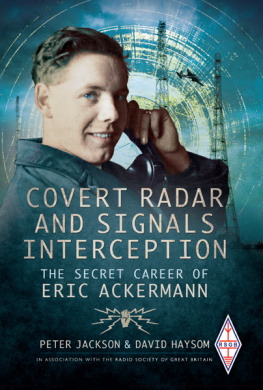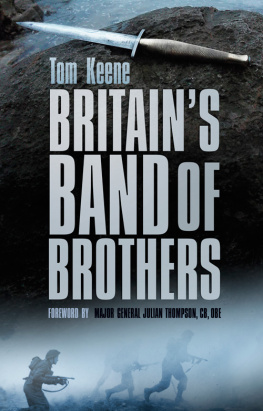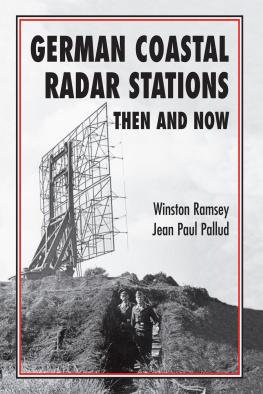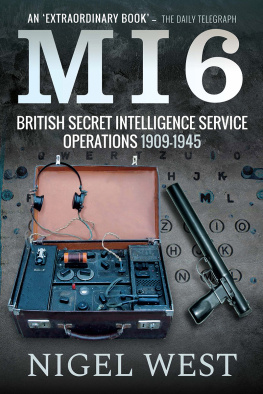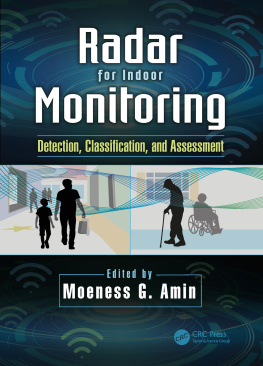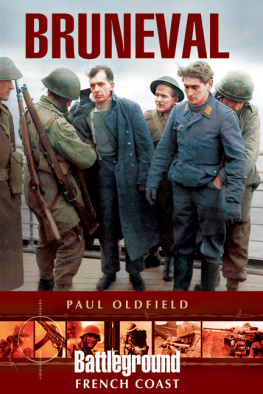THIS BOOK IS DEDICATED TO THE MEMORY OF
ERIC ACKERMANN, OF WHOM HIS LIFELONG
FRIEND, DR R.V. JONES, WROTE IN A LETTER TO
PETER ACKERMANN IN FEBRUARY 1990:
HE WAS ONE OF THOSE WHO MADE THE WORLD
TICK, SOMETIMES TWO OR EVEN THREE TIMES AS
FAST AS IT HAD TICKED PREVIOUSLY.
First published in Great Britain in 2014 by
Pen & Sword Aviation
an imprint of
Pen & Sword Books Ltd
47 Church Street
Barnsley
South Yorkshire
S70 2AS
Copyright Peter Jackson and David Haysom 2014
HARDBACK ISBN: 978 1 78346 268 1
PDF ISBN: 978 1 47383 682 2
EPUB ISBN: 978 1 47383 506 1
PRC ISBN: 978 1 47383 594 8
The rights of Peter Jackson and David Haysom to be identified as the Authors
of this Work has been asserted by them in accordance with the Copyright,
Designs and Patents Act 1988.
A CIP catalogue record for this book is available from the British Library
All rights reserved. No part of this book may be reproduced or transmitted in
any form or by any means, electronic or mechanical including photocopying,
recording or by any information storage and retrieval system, without
permission from the Publisher in writing.
Typeset in Ehrhardt by
Mac Style, Bridlington, East Yorkshire
Printed and bound in the UK by CPI Group (UK) Ltd, Croydon, CRO 4YY
Pen & Sword Books Ltd incorporates the imprints of Pen & Sword
Archaeology, Atlas, Aviation, Battleground, Discovery, Family History,
History, Maritime, Military, Naval, Politics, Railways, Select,
Social History, Transport, True Crime, and Claymore Press,
Frontline Books, Leo Cooper, Praetorian Press, Remember When, Seaforth
Publishing and Wharncliffe.
For a complete list of Pen & Sword titles please contact
PEN & SWORD BOOKS LIMITED
47 Church Street, Barnsley, South Yorkshire, S70 2AS, England
E-mail:
Website: www.pen-and-sword.co.uk
Contents
Illustrations and Maps
T here are too many photographs in this book for them to be listed here. They are spread throughout the text and are placed as close as possible to the events they illustrate. Many of them have been from Dorothy Hartnell-Beaviss album of her married life to Eric Ackermann and her kindness is most gratefully acknowledged. Erics younger son, Nick, sent several photographs of his father and mother in America in the 1970s, showing them in middle age. Those of his time at Obernkirchen from 1946 to 1959 are almost entirely of the airmen who served under his command, and there are only four showing Eric himself. The willingness of those veterans to lend these to us for copying is also very much appreciated. The opportunity has also been taken to include some photographs of RAF Obernkirchen taken many years after it closed. A visit in 2013 showed that the camp has now been completely demolished and there are now hundreds of solar panels covering the site.
The Ackermanns domestic life in Obernkirchen has been covered by the photographs taken by Herr Rosocha who worked for the Ackermann family as a gardener and general handyman. Other photographs and maps come from printed and archive sources and are reproduced with the kind permission of the copyright owners.
Erics life was in the shadows and he was very seldom photographed, particularly as his career developed after the war and the fact that there are only four of him in uniform shows his reluctance to have his photograph taken.
The maps make some attempt to show where he was during his RAF service, and there are also some extracts from the London Gazette showing his promotions and other important incidents during his twenty years in uniform.
Preface
T here are two Royal Air Force mottos which sum up Eric Ackermann: Per Ardua ad Astra (By Endeavour to the Stars), which is the motto of the Royal Air Force, and Kein Hindernis zu Hoch (No Obstacle too High), the motto of No. 646 Signals Unit. His life story is that of a man who exemplified what these mottoes mean. He joined the Royal Air Force as a by-product of his work as a scientist, specializing in radar and later signals intelligence, with other diversions along the way. He was given an honorary commission as a Pilot Officer in 1940 and in his twenty year career as an air force officer he reached the rank of Wing Commander, though always with the give-away letters (CC) Honorary Commission after his name in the Air Force List.
Erics career in the Royal Air Force began by spending his first two years in finding ways of confounding the enemys radar and thereafter he worked mainly in intelligence and interception. The armed services in every country need to know, through listening to the enemy and then interpreting the results, where he is, what he is doing and what he is planning to do, and this was Erics work for most of his time in the air force. After leaving the RAF he continued with similar work in the more advanced technologies of the time and this occupied his last twenty-five years. He worked largely behind the scenes and sometimes under conditions of considerable danger. Whatever he was given to do, whether it was potentially, or actually dangerous, or more routine, he always gave it everything he had.
Despite his long and distinguished service in war and peace he remains almost unknown in RAF historical circles, is seldom mentioned in histories of the period, appears erratically in the official records and is only remembered now by the airmen who served with him and some of those German civilians who worked for him in Obernkirchen. The exception to this invisibility is to be found in the papers of Professor R.V. Jones, who, in a way, made Eric Ackermann. These, in Churchill College, Cambridge, have more references to Eric than any other source and the help of the staff there is gratefully acknowledged. Research in the Liddell Hart Centre for Military Archives at Kings College, London, produced valuable information and the help of the staff there is also acknowledged. The National Archives at Kew was used extensively and proved to be a splendid source of essential material. The Purbeck Radar Trust was the source for much material about the Telecommunications Research Establishment at Worth Matravers.
More information from personal rather than official sources has come from Erics family: his first wife Dorothy, his brother Keith, who sadly died in 2011, and Keiths wife Eileen also gave valuable support and encouragement as well as much essential information about his early years in the RAF. His sons, Peter and Nick and Peters wife Judy have been unstinting in their support for the project and provided us with insights into their remarkable father as well as filling in many gaps in the story. Dorothy died in 2013 at the great age of 93 and her contribution to the story has been crucial, giving the authors information which could never have been discovered otherwise.
Former air force colleagues in North Africa and Germany have shown what it was like to work with Eric Ackermann and their help is gratefully acknowledged: Frank Brigham, Alan Cox, Geoff Eastough, Harry English, Bert Evans, Colin Gammon, Charles Garrad, John Gay, Alan Harris, Brian Lagden, David Lewis, Ted Lines, Geoff Lipscombe, Keith Lofthouse, Ron Matheson, Charlie Olito, Stan Platts, John Pope, Malcolm Stewart, John Vickerman and Mervyn Williams. The help given by members of the Bad Eilsen Association, which includes those who served at Obernkirchen and who are specifically named above, has been much appreciated. Their testimonies pay eloquent tribute to the kind of man he was, both as a commanding officer and a human being. Geoff Lipscombe, the Associations Secretary, was most helpful in encouraging Association members to contribute their memories. Andrew Jackson gave valuable help in formatting the book for publication and in scanning many of the photographs.
Next page
